Welcoming a second dog: 5 tips before committing
You have decided to welcome a second dog into your home. If this idea is ideal and generous since it allows to offer a family to an animal, the fact of adopting a second dog in a house which already shelters one can sometimes prove to be more difficult than expected. Indeed, it is important that the two animals accept each other, that the first dog does not feel deprived of its privileges and that the newcomer can find his place within his new family. But the arrival of a second dog also upsets the organization of the house. It is necessary to reorganize certain spaces, to plan new purchases and to reassess the household budget to welcome this new little companion. Here are our 5 tips before you commit.
Tip # 1: Adopt a second dog taking into account your first little companion
To adopt a second dog in a household that already includes one, it is important to take into account your first little companion to create a good duo. It is better to ensure that two compatible animals, with similar characteristics and similar needs, live together. Promoting a good understanding between your two dogs is essential for the well-being of each, but also for yours since the risk of conflict will be reduced. The first pooch will be less likely to feel replaced, to have the feeling that his territory is invaded or to feel frustrated at having to share his family. For the second dog, a good duo promotes his integration and helps him to acclimatize more easily in his new home.
To favor a good understanding between your two dogs, here are the duos to favor:
Be careful, however, when adopting a dog if it is intended to replace a missing animal. It is a tendency to avoid to allow the newcomer to have his place. Similarly, adopting a second dog to prevent the first from getting bored is not always a solution. Indeed, some breeds do not support loneliness and will need the presence of their master anyway. A new little companion will not change the situation, because the lack can only be filled by a human.
Tip n°2: Organize a first meeting
Before committing to adopting a new dog, you must make sure that he will get along well with your first pooch. So organize a meeting in a neutral place that is not likely to trigger territorial disputes. Prefer a meeting on the occasion of a walk, when the dogs are happy, relaxed, in an open space.
As master of the first dog and potential master of the second, show the greatest calm. Act naturally, without stress or restraint, as if you were meeting another ordinary animal. If you show yourself tense, anxious, the dogs will sense it and will not know how to behave. The risk of tensions is greater.
The two animals must be able to communicate with each other freely. A few grunts are natural and not serious. Don't interfere or scold them. It is sometimes a natural step to find a balance and it is a classic attitude between two doggies who discover each other. However, if fights are unavoidable, you can use the services of a dog trainer.
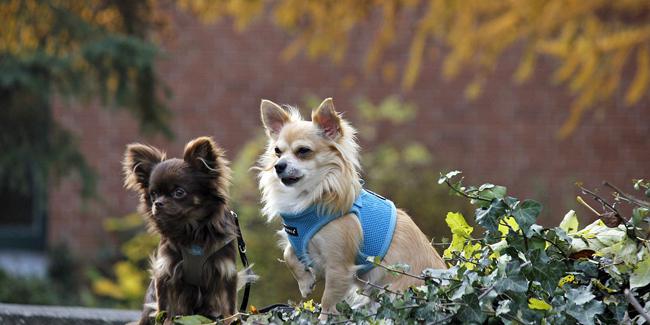
Your attitude during this first interview is essential, because the first meeting is decisive. This is where the first impression is created.
Note that if the new animal is a puppy, check that your adult dog is not likely to attack him. Admittedly, it is rare for an adult to attack a baby, but it is necessary to remain cautious.
Tip #3: Decorate your home
The two animals seem ready to get along. It is now time to arrange your home to welcome your new little companion. This adjustment must be carried out in two stages: the visit of the home and its adaptation.
The home visit
Allow your new dog to visit his new home quietly. This will allow him to discover the place with calm and serenity and to better acclimatize to his new home. You will thus help him not to feel too much in this new environment where another dog already lives. Without the presence of your first little companion, the new one may feel more comfortable.
The layout of the premises
To accommodate your pet, you will need to rethink your layout and provide everything you need in duplicate. Everyone must have their space, their belongings and their needs respected. Everyone must be able to have their bed, quiet and isolated from the other, their own bowls and toys. Do not force them to share, it can be difficult for them, especially during the first times of cohabitation.
Tip #4: Adapt your daily life
Your life with two dogs will necessarily be different. It is essential to prepare for it and to adapt to it. A new organization will gradually be put in place within which everyone will find their place.
If your two animals must get along well, each must be able to enjoy spending time with their master and not only with their new sidekick. Similarly, if the group activities with the two dogs are important, each pooch must also be able to enjoy privileged time with its owners.
During meals, each dog must eat in its own bowl, in the space or corner reserved for it. Avoid self-service, which is a bad habit that promotes overweight and can be problematic when the two dogs do not consume the same type of food. Do not hesitate to assert yourself during meals by giving clear orders to avoid situations of chaos.
In the context of games, dogs are rather possessive, even jealous. Everyone must have the time for cuddles and games that they need every day. To avoid frustration, decide when to cuddle and when to make contact so as not to trigger jealous reactions.
Tip #5: Learn to manage conflict
Tensions are always possible between two dogs that live together, especially when it comes to two breeds with a strong character. Nevertheless, it is best to avoid intervening at any time. If they just bare their teeth or growl at each other, let them handle the situation on their own, while keeping an eye out from afar to make sure it doesn't escalate. Do not intervene, otherwise you could start a fight or even get bitten.
Never be violent towards your dogs. But if the situation escalates, stay firm and try to make a diversion so you don't get hurt yourself. Make, for example, a sudden noise to attract their attention, throw water (bucket or glass) on the two enemies to cut short the fight and separate the two doggies in separate rooms so that they calm down.
Always stay neutral in this kind of situation. Do not take one animal's side over the other, as this would be seen as an injustice on the part of the unsupported dog. The situation could therefore worsen. Be calm, firm and determined to encourage them to calm down.


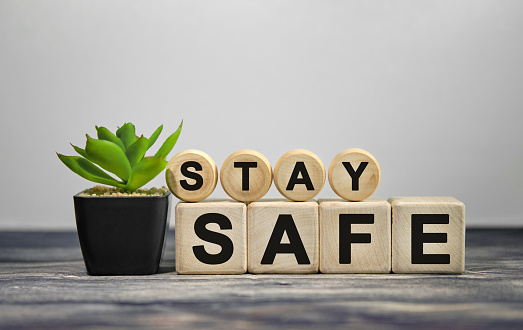



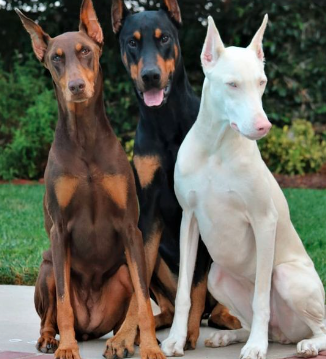
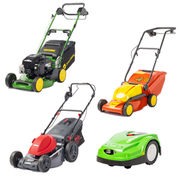
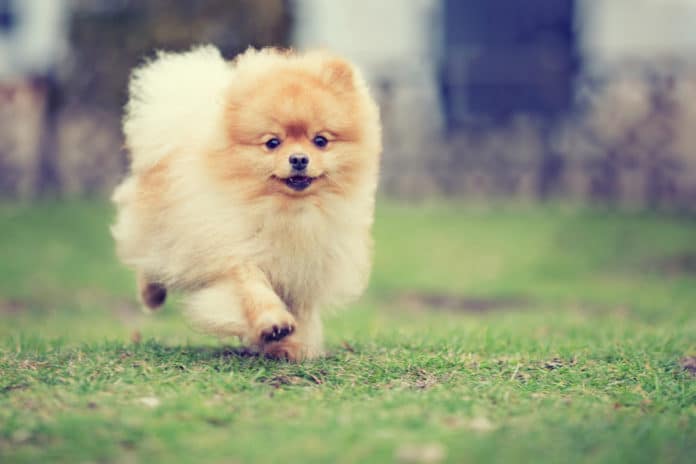

10 Ways to Stay Safe When You Live Alone
How to draw a rose: our methods
Hotels, restaurants: tips paid by credit card will soon be tax-exempt
"I was a rot in the evening and a good cop in the morning": meeting with "Haurus", the thug policeman of the DGSI